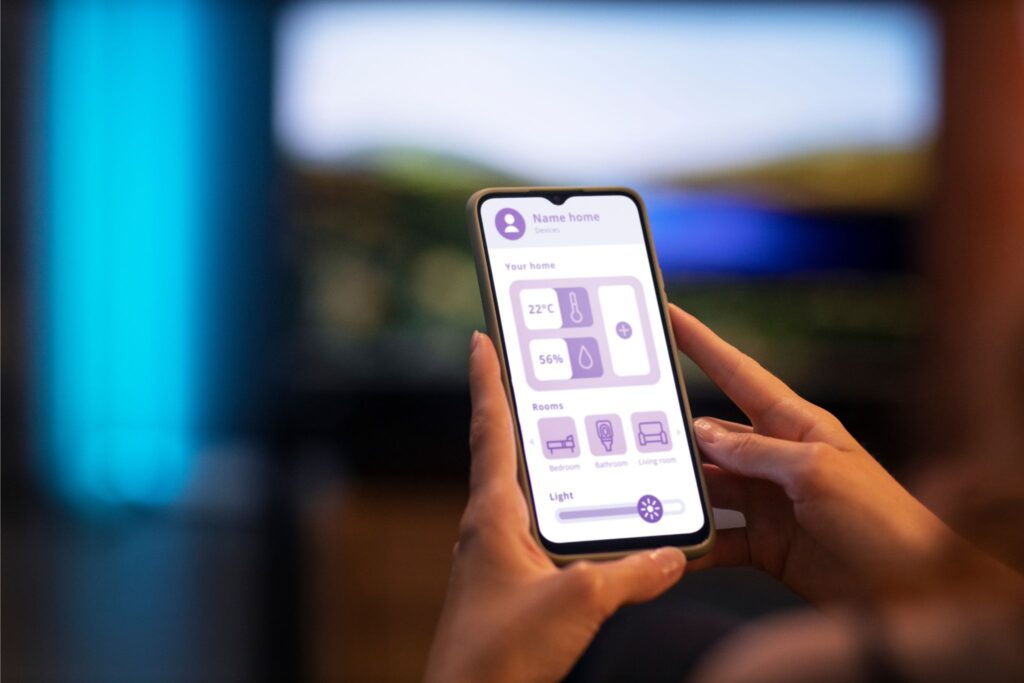How to implement a mobile app subscription model
In recent years, since 2010, the mobile app subscription model has gained all the attention and significant recognition from users and developers, generating attractive and lucrative revenue. In 2011, Apple introduced the world’s 1st mobile app subscription model on the app store, which completely thrilled and shocked the digital world. This model has revolutionized the whole digital world completely. The application subscription model is the strategy of changing the application into a revenue-generating site where a user can access premium content or unlock new features, services, or options for a monthly or annual subscription fee, implementing a mobile app. Implementing a mobile app subscription model requires extreme critical planning, strategy execution, and optimization. By understanding some core steps and their benefits and getting a grip on different types of subscription models in the guide below, a developer can perform app subscription integration, creating a successful subscription-based app that can generate healthy revenue. Guide to implementing a mobile app subscription model There are several steps to implement a mobile app subscription model, and we’ll go through them individually. Step 1: Finalizing a subscription platform The first step for app subscription integration is to select a subscription platform. This platform allows users to conveniently pay for iOS or Android app subscription fees by interacting with this platform. This option indicates that either it is an Android app subscription integration or an iOS app, you need a subscription platform. The most popular is the Google Pay billing platform, providing an in-app billing feature for Android users, the Apple app store with an in-app purchase option for iOS users, and other third-party platforms like Stripe or Braintree. Step 2: Prepare your subscription plan The first is to identify and determine the prices and billing type. Prices can start from low to high, with discounted prices for several occasions; billing type includes monthly, annually, or every six months. Creating proper subscription tiers with different benefits and features, offering special discounts for long-term commitments. Finalizing the features, such as a trial period for a week or a month and a grace period. Step 3: Integration of subscription model with SDK Select and download the software development kit (SDK), a set of tools to create an application for specific platforms. Developers configure and customize the SDK settings, like API keys and product IDs, using the application programming interface and another user interface. It allows developers to exchange data or services from a system and allow app subscription integration. Another task is implementing subscription-related APIs and analytics and handling subscription statuses like expiration, cancellation, defaulter, etc. Step 4: Designing an interactive user interface The user interface is the basic platform for users to interact with the mobile app and all subscription details. All the plans, pricing, options, and categories should be visible to viewers at the user interface. Users must be able to view and select the subscription plan and convenient subscription management options like upgrades or cancellations and payment options. Billing and payment processes must be transparent and secured to win the user’s trust with his confidential data. Step 5: Implement Subscription Logic and Content Strategy Implementation of subscription-related settings and features like user status of active, dormant, canceled, defaulter, etc, comes under this step. I maintain and update the application, categorize and update the content regularly based on subscription status, send subscription-related notifications and reminders, offer discounts and incentives to subscribers, and create exclusive content for premium users. All such tasks come under this step to keep the subscribers stuck and intrigued. Step 6: Optimize User Experience by Debugging and Testing Once the mobile app subscription model is ready, run and test it to check the payment flow and billing processes. By testing, one can debug all the errors and obstacles to maintain a seamless user experience. To enhance user experience, personalize the user recommendations, conduct beta testing with real users, give push notifications for new content, upcoming offers, and updates, and keep the ad count minimal. Step 7: Launch and Marketing Launch your app subscription integration in the market with attractive marketing and promotions. Announce economical and efficient subscription plans for a limited time through marketing channels. Once users start to join, monitor their activities and analyze their feedback. You can keep track of metrics like revenue and subscription rate and change subscription plans and content accordingly. Customized Applications Development There are several types of applications like Flutter, react native apps, SaaS apps for various platforms like Android or iOS, and different Software development kits (SDK) that allow the developers to build different customized apps. Customized Android Applications development For custom Android app development, here are different services and consultants crafting a better and more successful application for the Android platform. The Android operating system is ruling the whole digital world, powering billions of electronic devices globally. Such a vast base and diversity give an unparalleled opportunity for businesses to expand and improve customer and user experiences, which leads to better growth. The Custom Android development consultancies provide passionate Android app designers, developers, and strategies to transform and build a beautiful Android platform application. These companies also provide creative designs and user interfaces for developers and users to get a better experience. Customized iOS Applications development For customized iOS apps, yet again, different software development kits and companies ensure a unique and best-customized app for the iOS platform. Such companies provide custom iOS app development services with different innovative ideas and transform them into intuitive and engaging iOS platform apps that improve the true ecosystem of Apple. Coding expertise and different design planning and development tools are required to create a perfect iOS platform customized application. Not only iOS app development but also consultants cater to the needs of your customized iOS apps, such as app development and maintenance services, game development services, and iOS push services. React Native Mobile Applications A React native mobile app development company provides various services to developers to help develop an interesting React native mobile app. React applications such as Facebook, Instagram, WhatsApp, and Twitter






